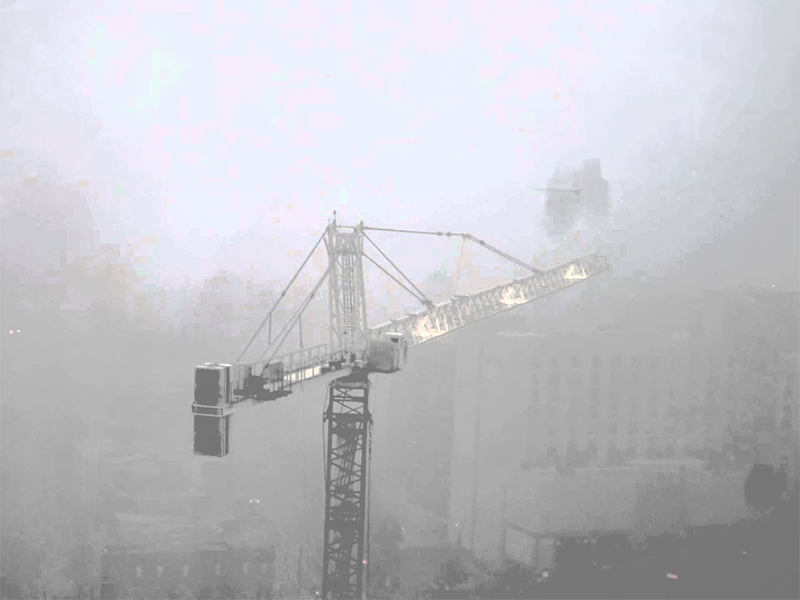
Navigating the Elements: Tower Crane Safety in Variable Weather Conditions
As towering structures reach skyward on construction sites, the safety of tower cranes is often tested by the unpredictable forces of nature. Among these, weather conditions and, more specifically, wind pose significant challenges. This article delves into the critical aspect of tower crane safety in variable weather conditions, exploring the impact of wind, monitoring protocols, and the importance of ceasing operations during adverse weather.
- Understanding the Impact of Wind:
Wind is a formidable force that can compromise the stability and safety of tower cranes. The impact of wind on crane operations is influenced by factors such as wind speed, direction, and the crane's geometry. As wind interacts with the crane structure and load, it can induce swaying, imbalance, or even structural stress.
- Wind Speed Limitations and Safety Measures:
Establishing wind speed limitations is a fundamental component of tower crane safety. Crane manufacturers provide specific wind speed thresholds beyond which operations become unsafe. Crane operators and site supervisors must be well-versed in these limitations, with clear protocols in place for ceasing operations when wind speeds approach or exceed the defined limits.
- Weather Monitoring Protocols:
Proactive monitoring of weather conditions is a key aspect of tower crane safety. Construction sites should implement robust weather monitoring protocols, leveraging real-time weather data and forecasts. Dedicated personnel, including site supervisors and safety officers, play a crucial role in continuously assessing weather conditions and communicating relevant information to crane operators.
- Ceasing Operations During Adverse Weather:
When adverse weather conditions are imminent, the decisive action is necessary to cease tower crane operations promptly. This is particularly crucial during thunderstorms, high winds, or other severe weather events. Stopping operations ensures the safety of both the crane and the personnel on the construction site.
-
Preemptive Action: Proactive decision-making is essential. By ceasing operations before severe weather strikes, the risk of accidents or structural damage is minimized.
-
Operator Training: Tower crane operators should receive specialized training on recognizing signs of adverse weather and understanding the importance of swift and decisive action in such situations.
-
Emergency Response Plans: Construction sites must have well-defined emergency response plans that include procedures for ceasing crane operations, securing the crane, and ensuring the safety of personnel.
- Post-Weather Inspections:
After adverse weather has passed, thorough inspections of the tower crane are necessary. This includes assessing the crane's structural integrity, inspecting load-bearing components, and ensuring that no damage occurred during the weather event. Any identified issues should be addressed promptly before resuming operations.
In the dynamic realm of construction, where progress meets the elements, tower crane safety in variable weather conditions is paramount. By understanding the impact of wind, implementing wind speed limitations, maintaining robust weather monitoring protocols, and having clear procedures for ceasing operations during adverse weather, the construction industry ensures that tower cranes stand tall in the face of challenges. In this delicate dance between nature and construction, prioritizing weather safety safeguards not only the equipment but also the well-being of the construction personnel, creating a foundation for secure and successful construction projects.



